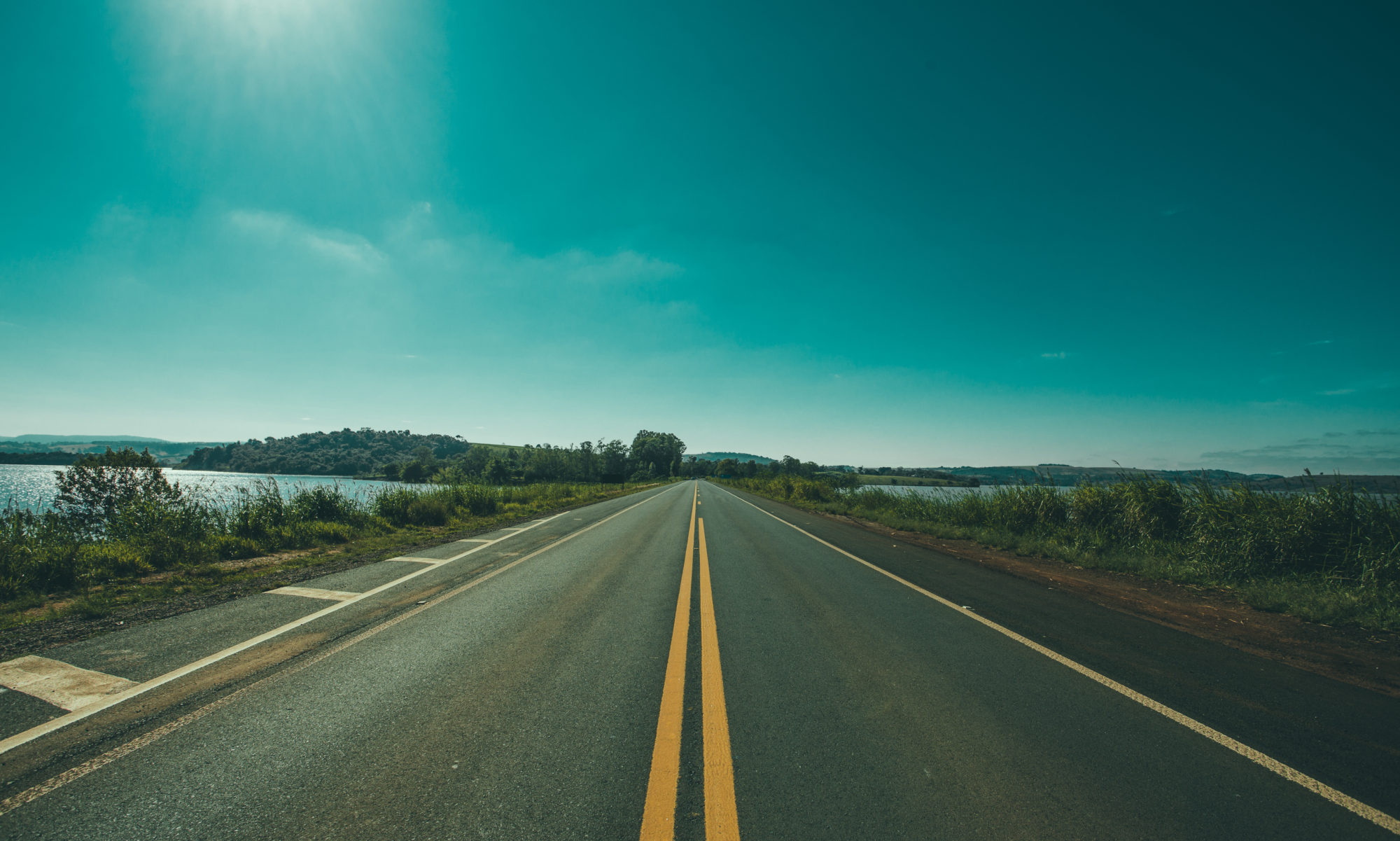So here we are, at the fazenda Barranco Alto.
This place is very special. Its founding family were Swiss. The management and administration of the fazenda passed down through several generations. The current patroa is Camilla, a former music teacher (in Switzerland) who leads the farm staff in stretching exercises at the daily morning meetings.
There’s a prevailing laid-back, gentle vibe. The lodge staff are interesting hybrid European-Brazilian mixtures. By default, there are no locks on the room doors. We’re too remote to attract criminals.
A life-saver for the fazenda during COVID: an extremely popular telenovela was made about the area, called -aptly – Pantanal. Many of its 167 episodes were filmed on location, providing work for the surrounding farms, lodges, and transport companies.
The fazenda also provided meals and accommodation to firefighters during the recent wildfires.
Our accommodation is half of a spacious duplex with a beautiful flame tree – an African import – outside.
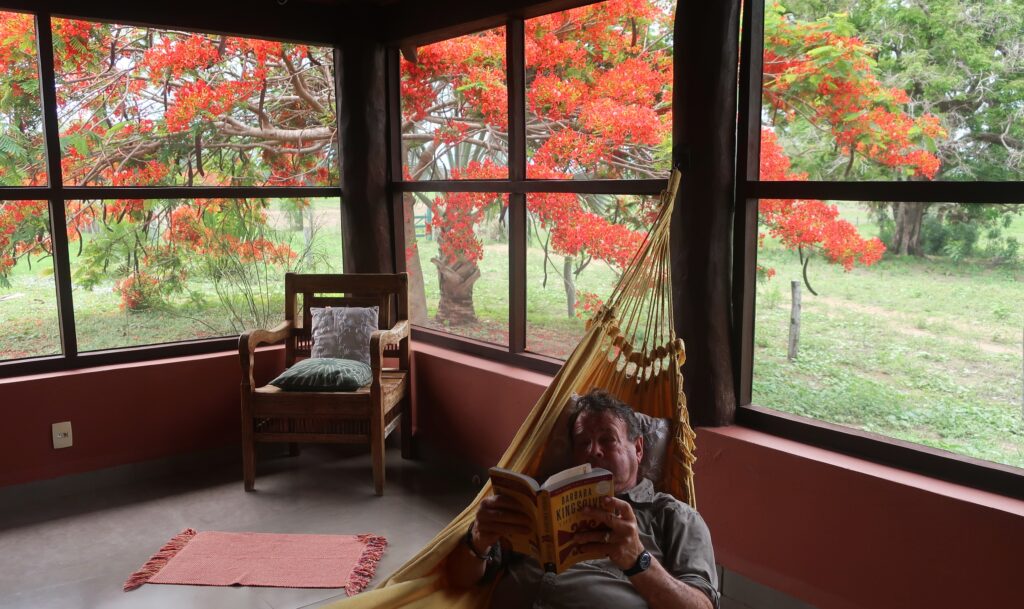
You don’t have to go far to see wildlife. This crab-eating fox saunters casually outside our door in the morning..
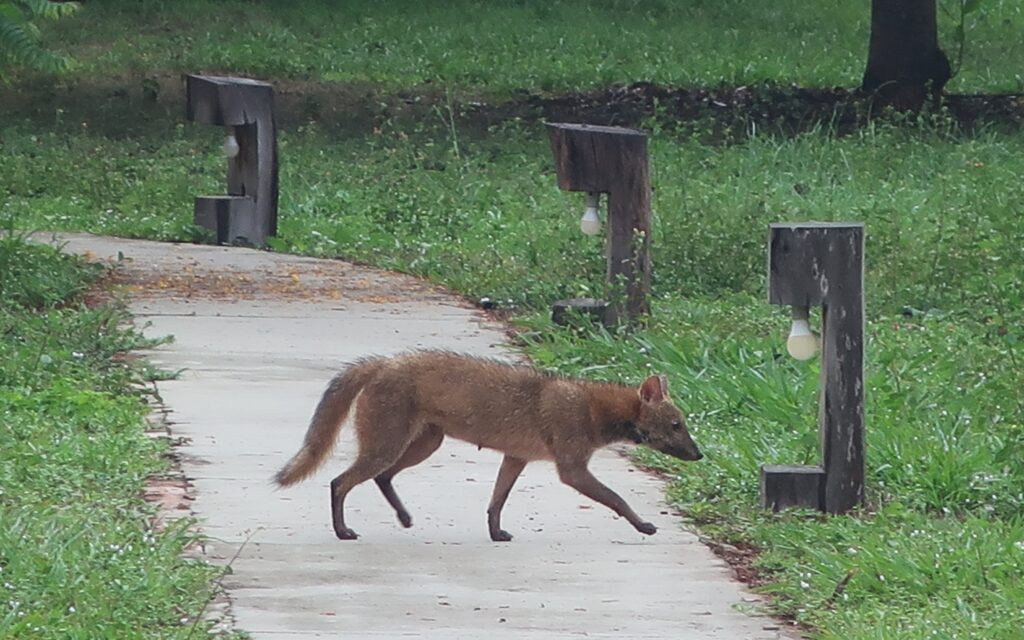
Guided excursions are included, using different methods of transport. One morning we go upriver by canoe. Yes, those are caimans on the shore. There are thousands of them around here.
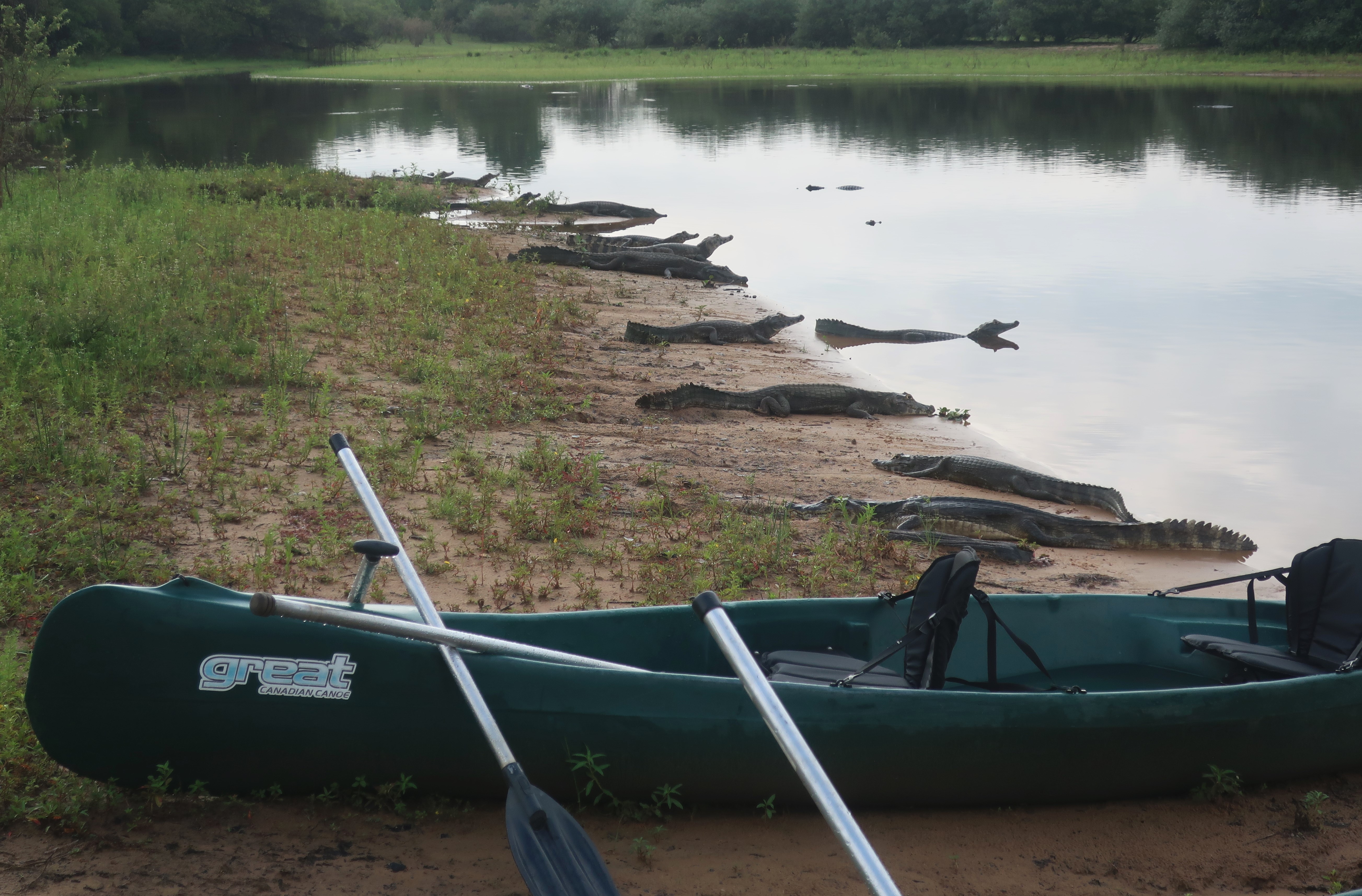
Caimans of all sizes are everywhere – on the shore, in the river, crossing fields and forests, walking down the dirt tracks. The Brazilian Portuguese word for ‘caiman’ is ‘jacaré’.
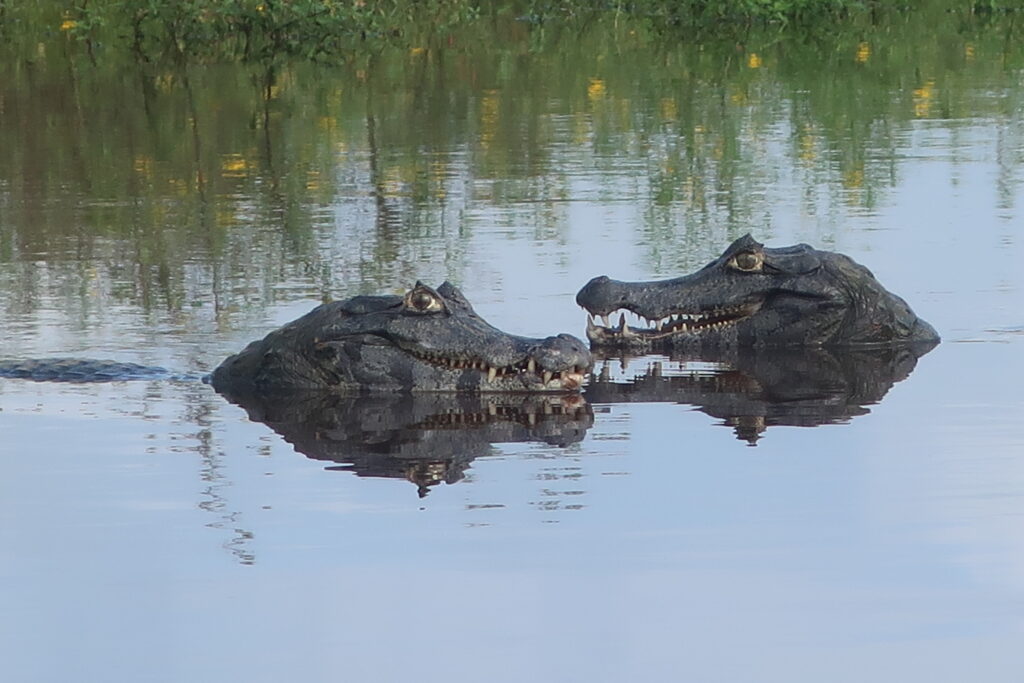
Here’s one munching on a catfish.

The long-sleeve shirt and pants are necessary to avoid being devoured by mosquitos. Lucky for us, they only seem to be a problem after a heavy rain.
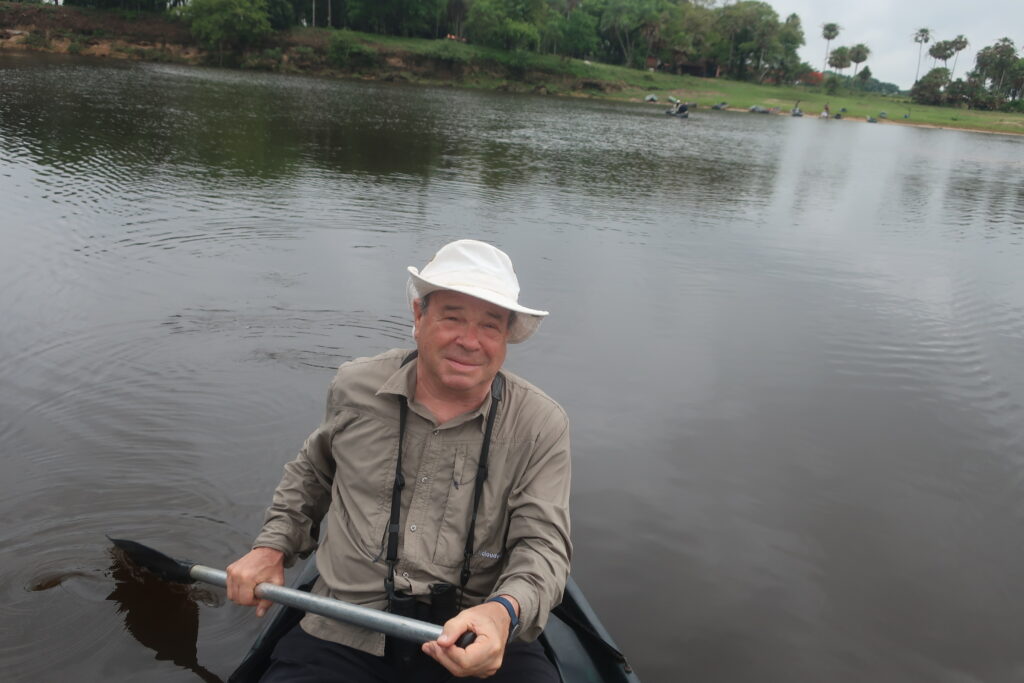
The most common animal on the river – after caimans – is the capivara. (Capybara in Spanish. And English.)
Capivaras always seem so relaxed as they spend their days dreaming by the river.
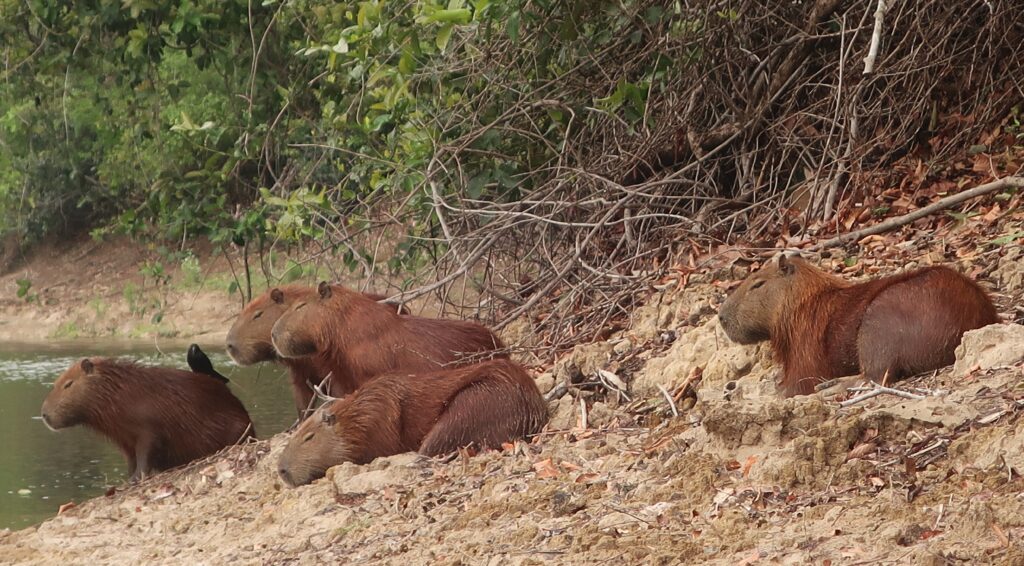
There’s usually a dominant male around. He has a gland on his snout that he uses to mark his territory.
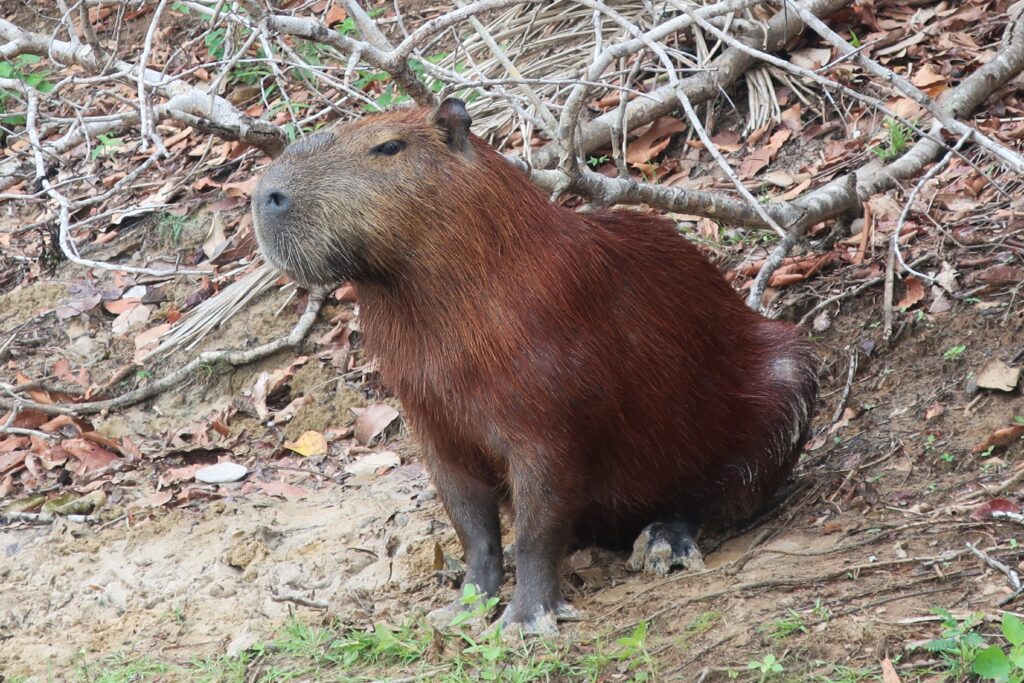
I have some capivara-skin shoes in my closet at home, from an earlier visit to Brazil.
We also see some resident giant otters. They’re hard to get close to, so no photos. And ‘giant’ is a relative term – they aren’t house-sized. Just larger than normal otters.
The Pantanal is a Mecca for birdwatchers. The stars of the show are the hyacinth macaws.
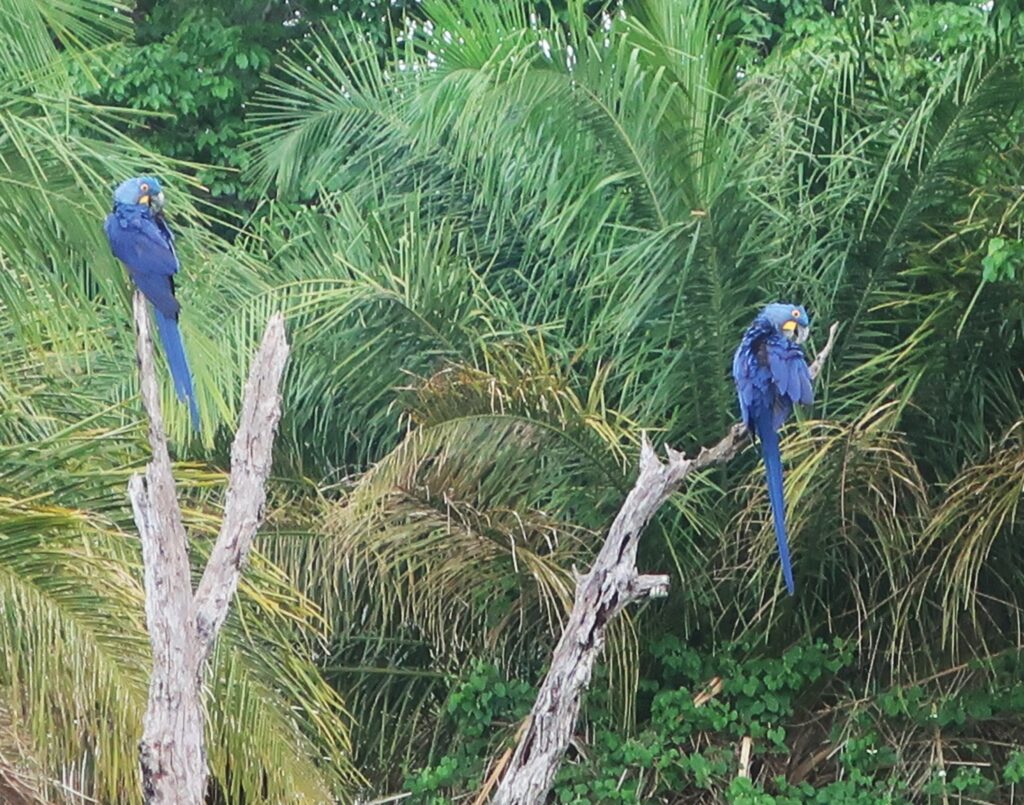
We don’t have a telephoto lens, so there are no dramatic close-up shots. Fortunately, the fazenda has a shelf full of high-quality binoculars for the use of the guests.
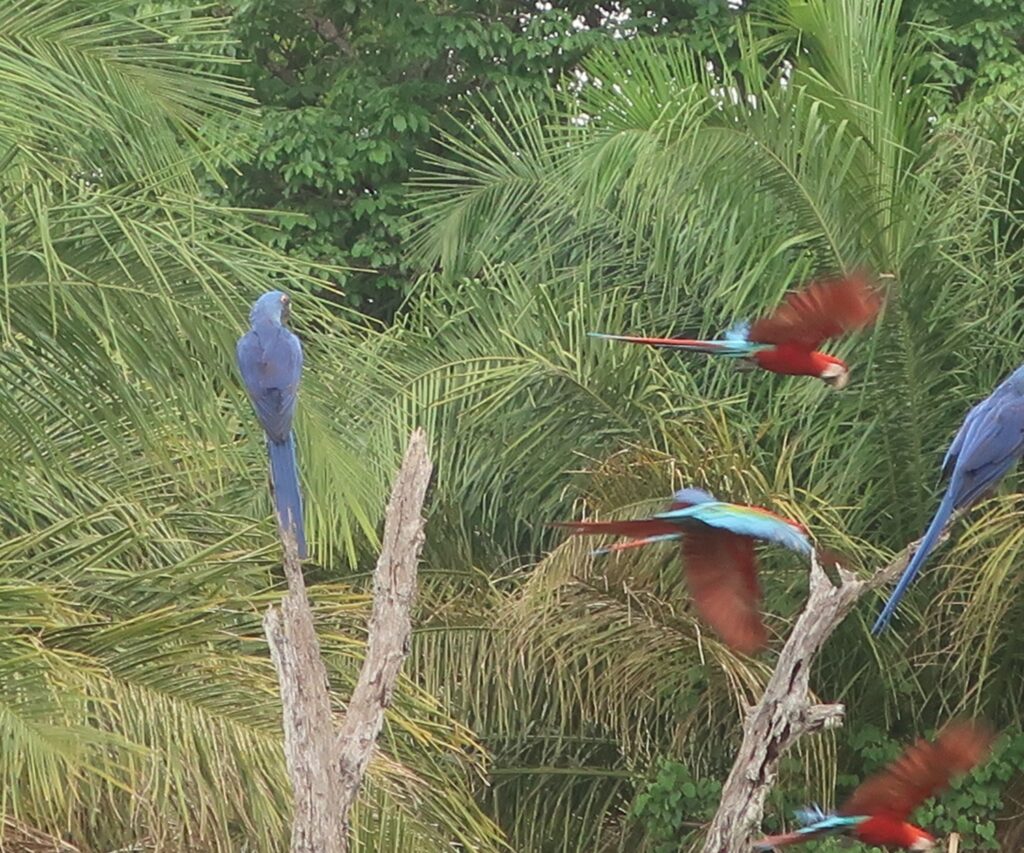
Hyacinth macaws spend a lot of time on the ground, looking for seeds and nuts.
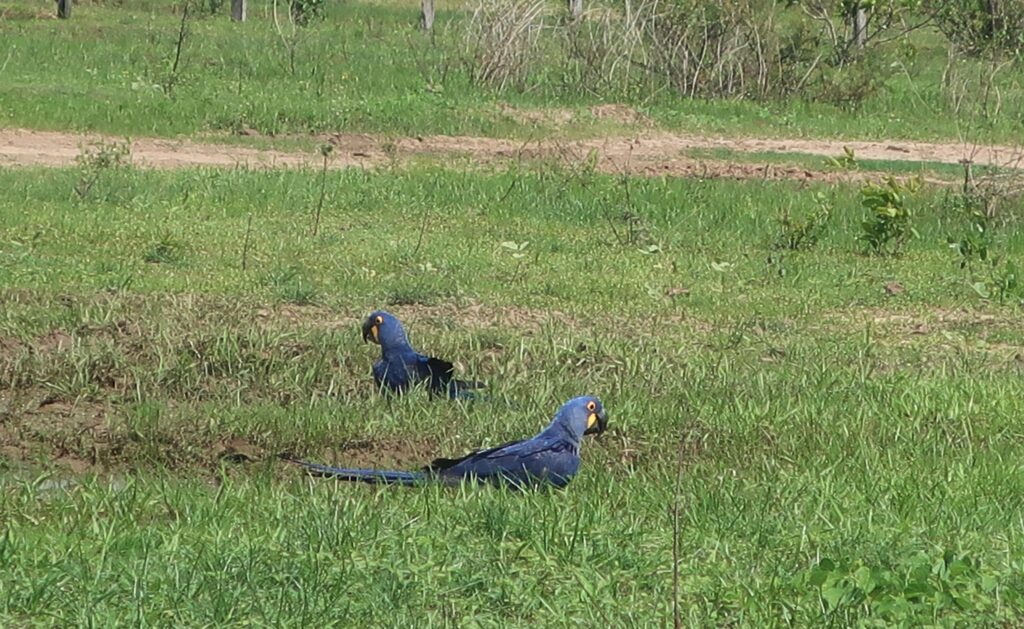
There are many, many birds in the Pantanal- 656 species, according to WWF Brazil. Our guides seem to know the names and characteristics of all of them.
Here are a few other birds that we come across.
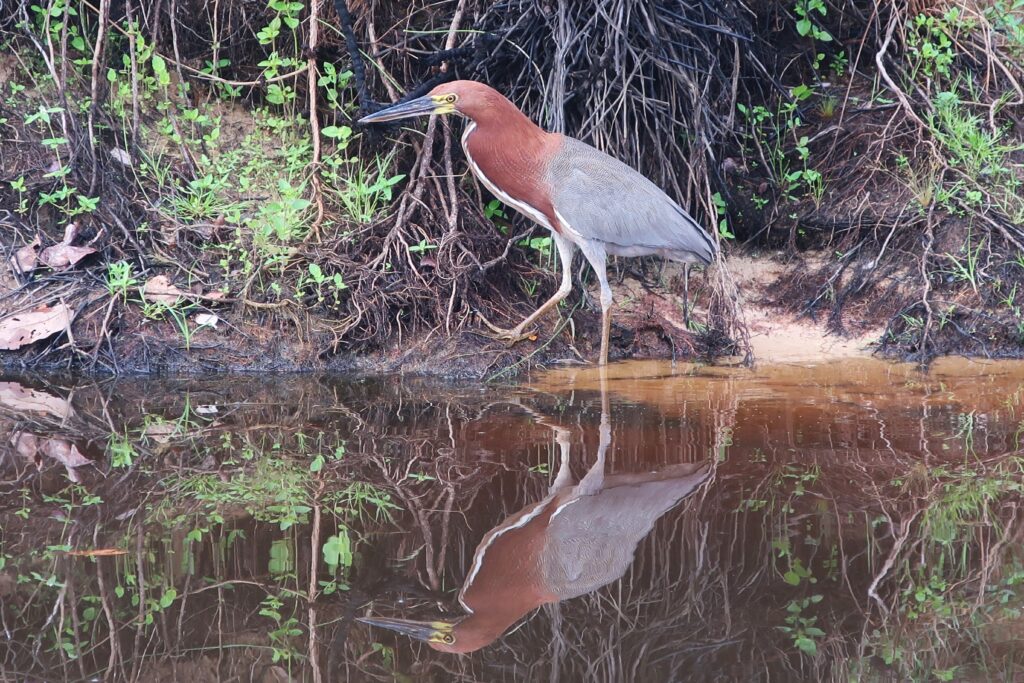
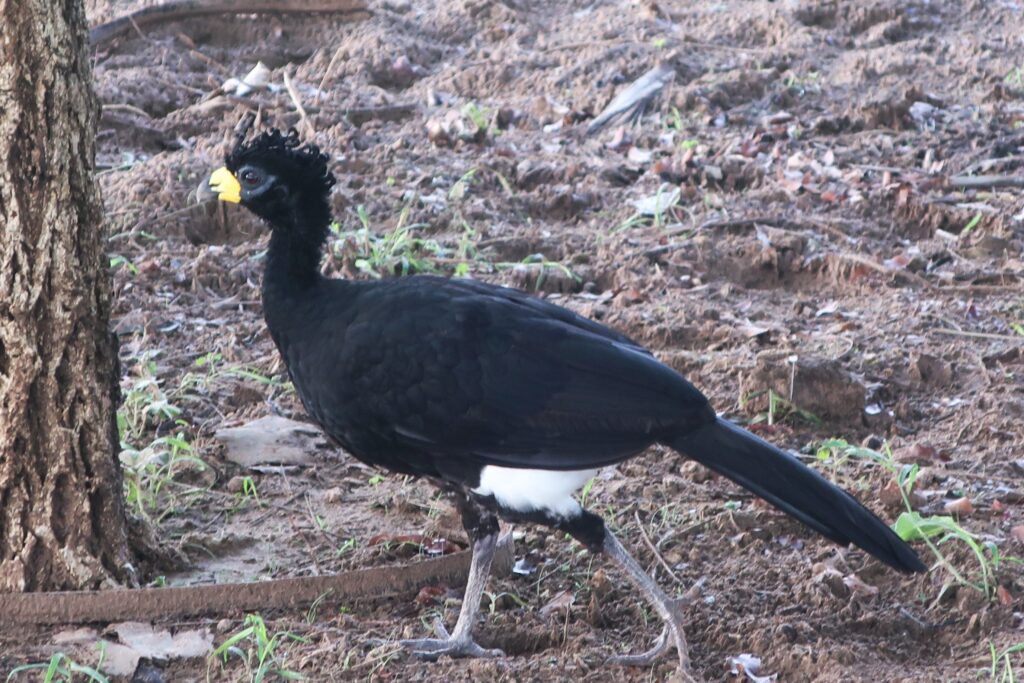
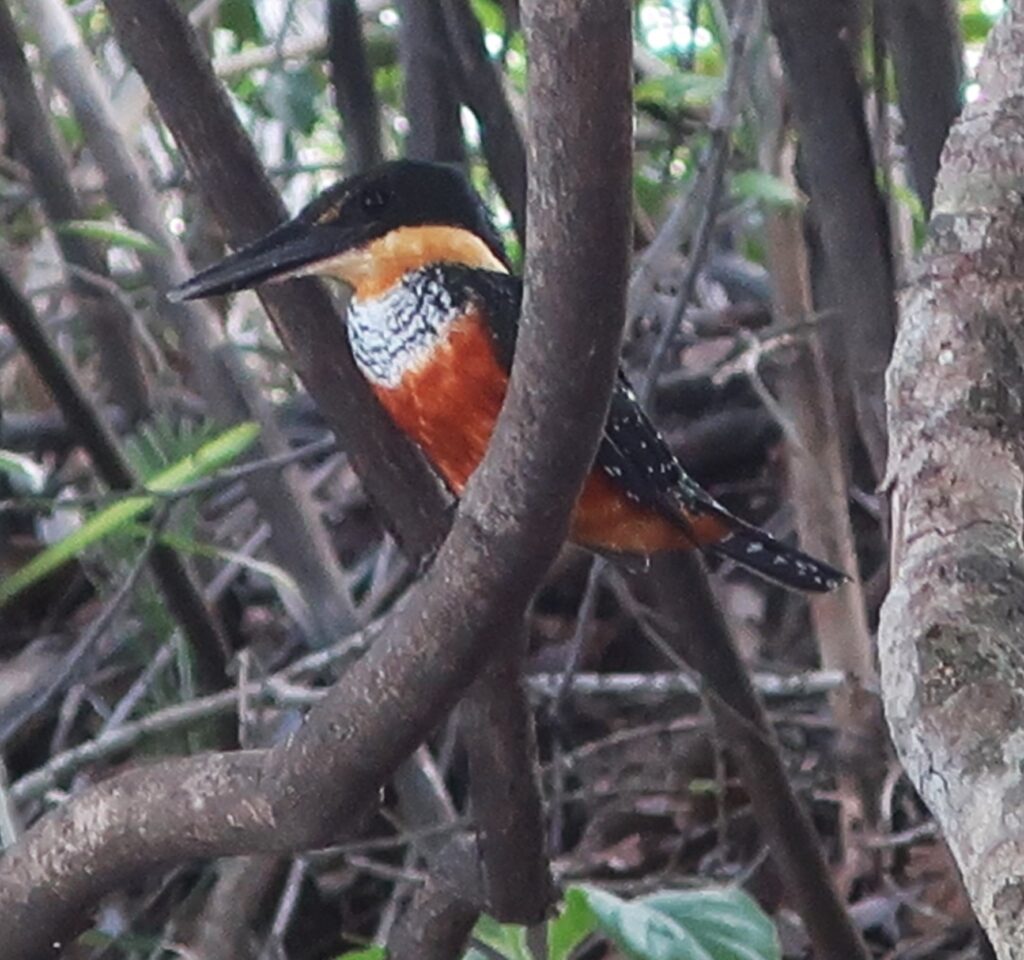
There are toucans around as well, but seldom close enough to photograph.

An alternative way to go is on horseback.
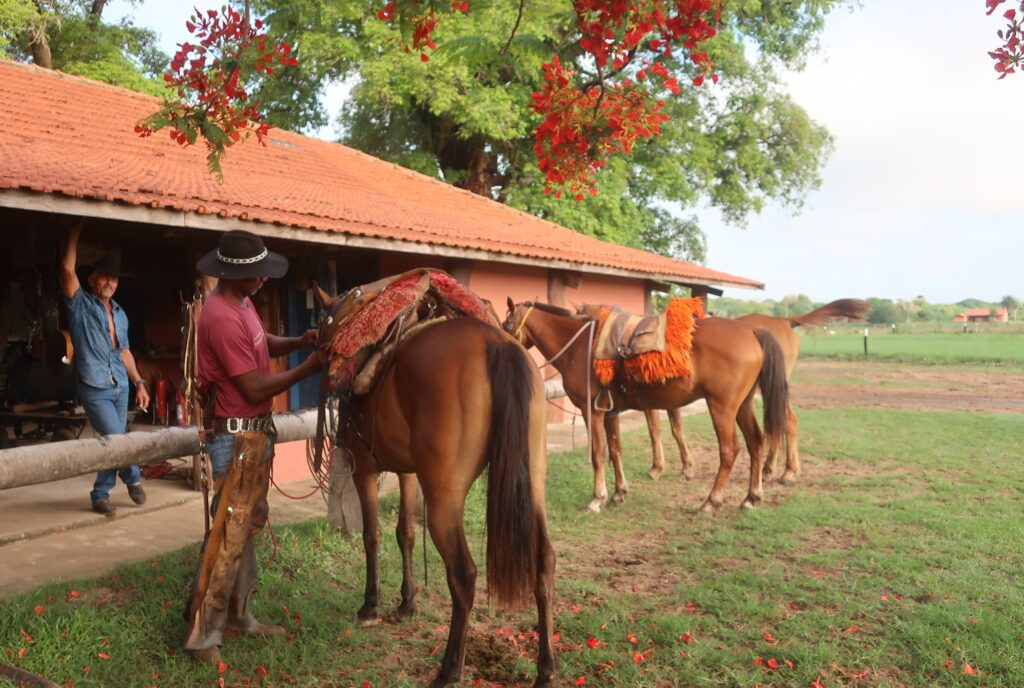
Maria, being a gaucha, knows her way around a horse.
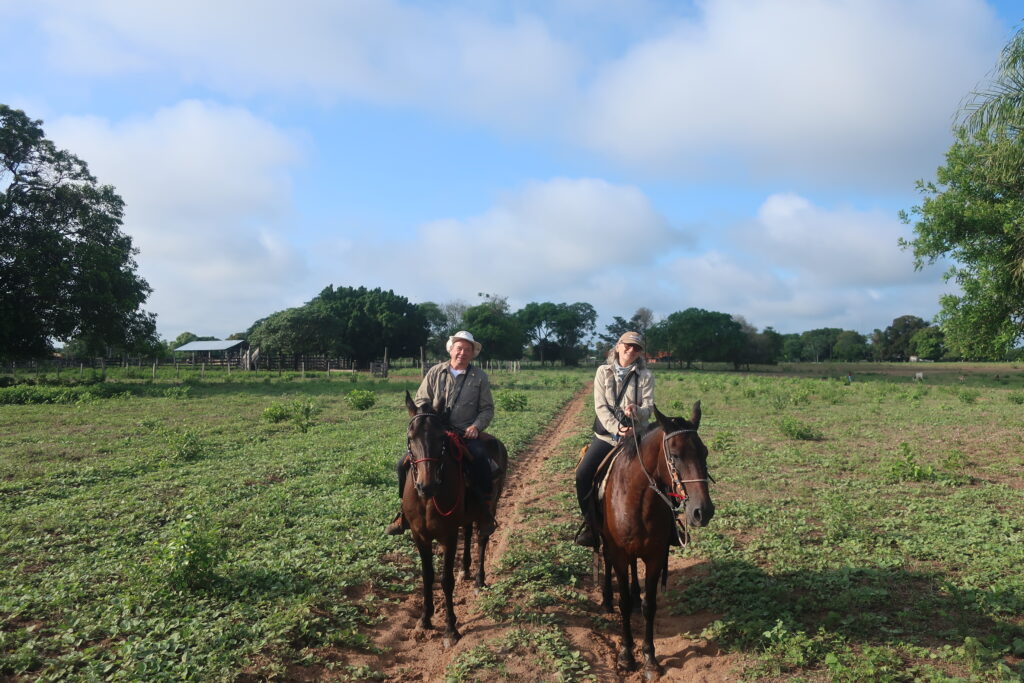
I can’t make that claim, but manage to stay in the saddle.

There is also the option of going for early evening safari drives. Sundowner drinks are included.
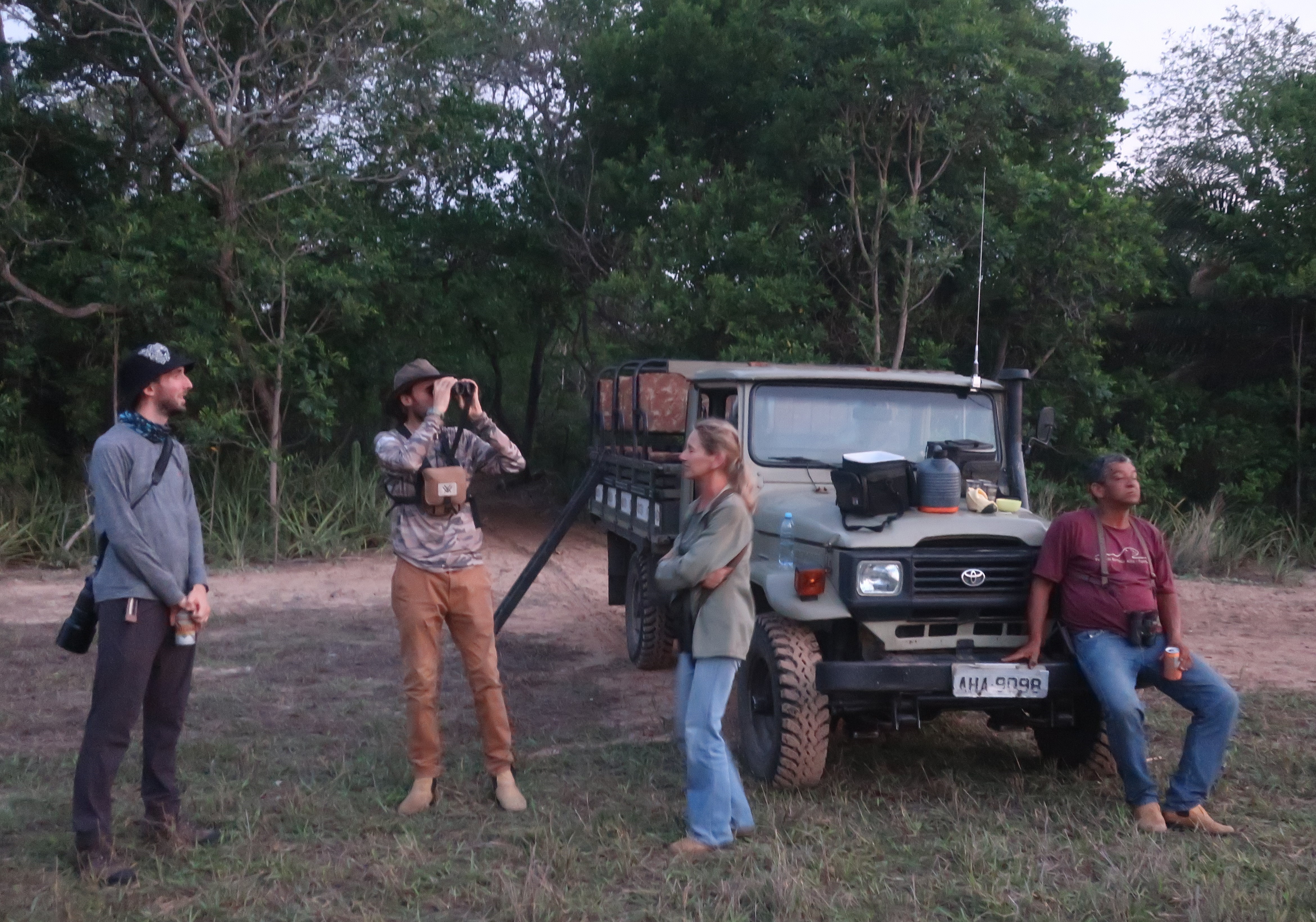
Our Belgian fellow-guest, Jasper, is an academic at the University of Ghent. Besides having a great sense of humour and being a keen hiker and birdwatcher, he’s one smart cookie. He contributes to scientific papers with titles such as: ‘SpliceRover: interpretable convolutional neural networks for improved splice site prediction‘, and ‘Few-shot Learning Using a Small-Sized Dataset of High-Resolution FUNDUS Images for Glaucoma Diagnosis‘.
We figure he’ll win a Nobel Prize one day. In a world in which large swaths of the population of Western countries don’t believe in vaccination, and barely-functioning idiotic sociopath Donald Trump holds a Svengali-like sway over an army of the unthinking, it’s refreshing to know there are a few bright sparks in the darkness.
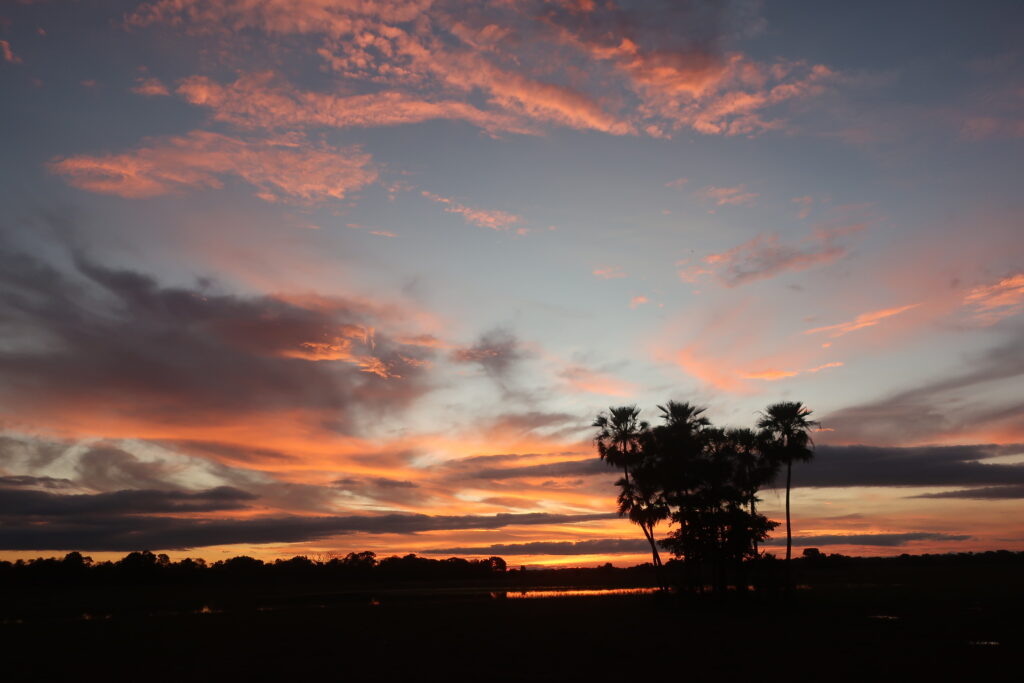
We are fortunate to see a tapir. Tapirs are often elusive. We track him on foot at a distance.

Tapirs always make me think of the opening scene in the film 2001: A Space Odyssey. They look like some creature from times long past, even though – nerd alert! – tapirs are found only in South America, not Africa.
A creature that is really elusive is the jaguar. Like most ambush predators. We see very fresh tracks several times, but not the big guy himself. (One of the staff says ‘You might not see a jaguar while you’re here, but there’s a good chance a jaguar has seen you!’) They show up regularly on the fazenda’s wildlife cam.
In consolation, there’s a very friendly tabby cat on the premises named Spike,
Sight or Insight of the Day
It’s a fact that the main reason there is so much wildlife here is because of its remoteness. It’s a challenge to get to, and a challenge to get back to civilization.

Because it has so few people, it has lots of animals. As soon as humans begin settling in an area, every other form of life dwindles.
And according to WWF Brazil, it’s still under threat.

In this country, as in many countries in the world, people with the right connections could buy the entire Pantanal and turn it into a parking lot or a shopping mall. We hope this doesn’t happen for a long time.
